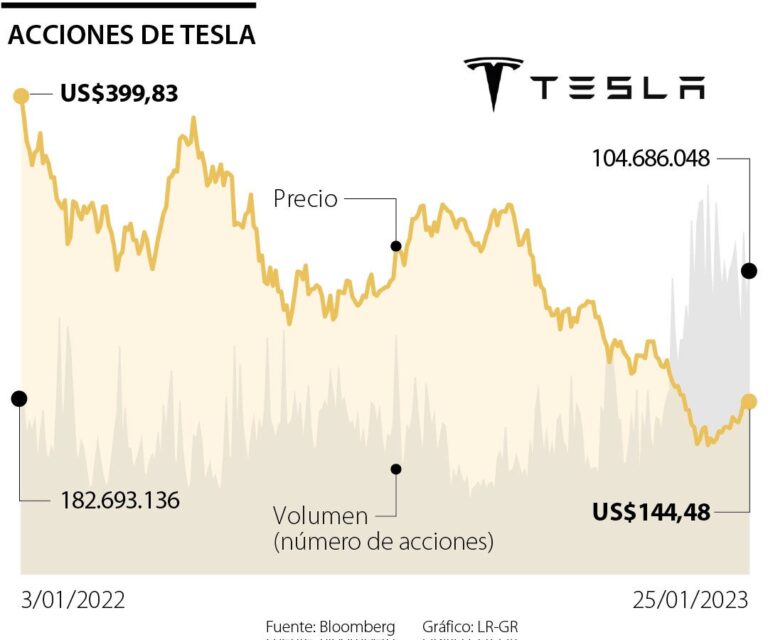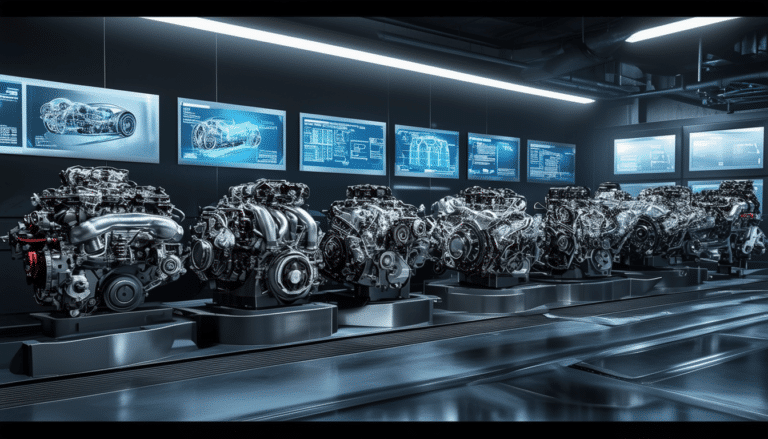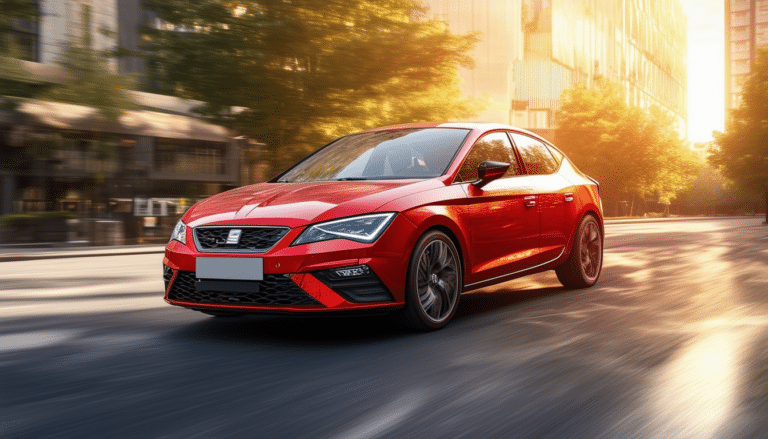Routs more efficient for saving fuel in the city
In the urban context, where traffic and stops are common, finding more efficient routes has become vital to optimize fuel consumption. These routes not only lower economic spending but also contribute to the sustainability of the environment by reducing CO2 emissions. With the use of modern technologies, such as navigation and route planning applications, drivers can choose paths that minimize travel time and maximize fuel efficiency, thereby improving the quality of life in cities.
Finding more efficient routes to save fuel in the city is essential for reducing costs and caring for the environment. Despite the challenges of driving in urban settings, such as traffic and traffic lights, there are strategies that allow optimizing fuel consumption. Below, different tips and practices will be presented to help drivers identify and choose the best routes.
Vehicle Maintenance
A crucial aspect for improving fuel efficiency is regular vehicle maintenance. A car in optimal condition runs better and consumes less fuel. This includes checking tire pressure, the state of the engine, and ensuring that air and fuel filters are clean. A well-maintained vehicle not only saves gasoline but also extends its lifespan. More information on how to maintain your vehicle can be found at this link.
Use of Navigation Technology
Today, navigation applications like Google Maps offer options to save gasoline by suggesting shorter and more efficient routes. These applications analyze factors such as real-time traffic, street inclines, and speed limits, allowing users to avoid congestions and areas with frequent stops. Utilizing these tools significantly contributes to reducing fuel consumption during urban trips. Learning to take advantage of these technologies is key for any driver.
Efficient Driving Practices
Adopting a more efficient driving style is also vital for fuel savings. For example, maintaining a constant speed and avoiding harsh accelerations contribute to a more rational use of fuel. It is also recommended to turn off the engine when waiting for extended periods and to minimize the use of air conditioning, which tends to be one of the biggest consumers of gasoline in traffic situations.
Route Planning
Proper route planning can make the difference between an efficient trip and one that consumes excessive fuel. Knowing the less traveled streets and those that allow a continuous flow of traffic is essential for optimizing vehicle performance. Additionally, it is advisable to analyze the routes typically taken and consider alternatives that may be more sustainable and economical.
Promotion of Sustainable Mobility
Encouraging alternative forms of transportation, such as cycling or public transport, also positively impacts fuel consumption. Moreover, this contributes to the reduction of the carbon footprint and improves air quality in cities. As the use of private cars decreases, fuel expenses diminish, and the environment is protected. To learn more about how companies are adopting technologies to reduce their carbon footprint, such as the use of AeroSHARK technology, you can visit this link.
Education on Fuel Saving
Finally, proper education on fuel saving and driving strategies can have a significant impact on driver behavior. Knowing various habits that allow for less gasoline consumption not only helps save money but also contributes to a healthier environment. Many organizations and experts offer workshops and resources on how drivers can improve their fuel efficiency. For more practical tips, check this link.
In the quest to optimize fuel consumption in urban environments, choosing the most effective routes can make a significant difference. Cities often present a complicated driving environment, with dense traffic, frequent traffic lights, and unexpected stops, which can significantly increase fuel expenses. Therefore, it is crucial to consider navigation strategies that allow avoiding these obstacles and, at the same time, save on the high costs of fuels.
A valuable tool to achieve this are navigation applications like Google Maps, which offer functions to select routes that are not only faster but also designed to be more fuel-efficient. These applications take into account factors such as topography, traffic density, and speed restrictions to suggest the ideal path, thus avoiding unnecessary stops and harsh accelerations.
In addition to using applications, it is essential to anticipate traffic behavior, adjusting travel times to avoid peak hours, which can help maintain a constant speed and, therefore, reduce consumption. On the other hand, familiarizing oneself with best driving practices, such as easing acceleration and avoiding idling, efficiently complements the choice of strategic routes.
Implementing more efficient routes not only benefits the wallet but also helps reduce each driver’s carbon footprint, promoting more sustainable urban mobility. In this way, it is expected that more and more drivers will adopt these practices, thus fostering a friendlier and more efficient urban environment for all.





